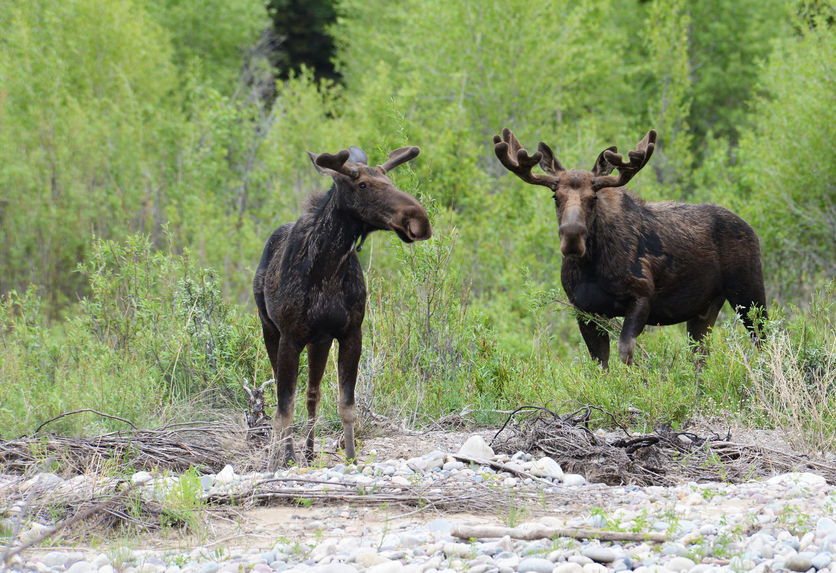It’s not enough to rely solely on your shooting skills to achieve a successful moose-hunting experience. Having the right knowledge about the behaviour of these animals is crucial for a humane and effective approach. After all, the adage “knowledge is power” holds true even in the vast wilderness. Understanding their behaviour can significantly increase your chances of a successful hunt!
Natural Habits of Moose
Moose are known to lead solitary lives with a routine that involves feeding, resting, and travelling. These patterns may vary depending on the season and are influenced by their mating desires, calving necessities, and migratory compulsions. As a hunter, understanding these movements gives one an advantage.
Significance of Moose Vocalizations
Moose use vocalizations to communicate with each other. These sounds could be a grunt, call, or bellow and serve various purposes. For instance, a bull may use it to announce its presence during the rut, while a cow may call out to her calf. It is important to recognize these sounds as they can inform you about their proximity and provide insights into their current state of mind.
Moose Movement Patterns
Terrain plays a massive role in moose movements. They love swampy areas, dense forests, and regions close to water bodies. Anticipating where a moose might go next—for water, food, or shelter—can position you in the right spot at the right time.
Interpreting Signs of Agitation
An agitated moose can be a dangerous one. Flattened ears, raised hackles, or a lowered head are cues to be wary of. As much as getting the perfect shot is vital, ensuring your safety and respecting the animal’s boundaries are equally important.
Optimal Times for Hunting
While moose can be active throughout the day, dawn and dusk are peak times for movement, making them optimal for hunters. Seasons matter, too. Rutting season (late September-early October), especially, sees heightened activity, offering both opportunities and challenges.
Positioning and Stalking Techniques
Stealth is a hunter’s best friend. Use the wind direction to your advantage—approach from downwind to remain undetected. Natural covers like bushes and trees can be your allies. Move slowly and patiently, and always be observant!
Setting Up for the Perfect Shot
Achieving the perfect shot during a moose hunt blends equipment readiness, strategic positioning, and impeccable aiming. Ensure your rifle and hunting equipment are in peak condition and suited for the game. On the field, stability is paramount—utilize supports and maintain a steady posture. Aim for the heart-lung area behind the front leg’s shoulder for a humane kill, and remember that patience often leads to the best opportunities. Mastering these elements will elevate your success and emphasize a respectful approach to the animal.
If you’re ready to experience the thrill of a guided moose hunt, Lawrence Bay Lodge is the best place to do it! We provide an unforgettable hunting excursion combining Saskatchewan’s natural beauty and abundant moose with fully modern accommodations.
Book a lodge room or outpost cabin with us today by calling (701)262-4560 or filling out our contact form online!


